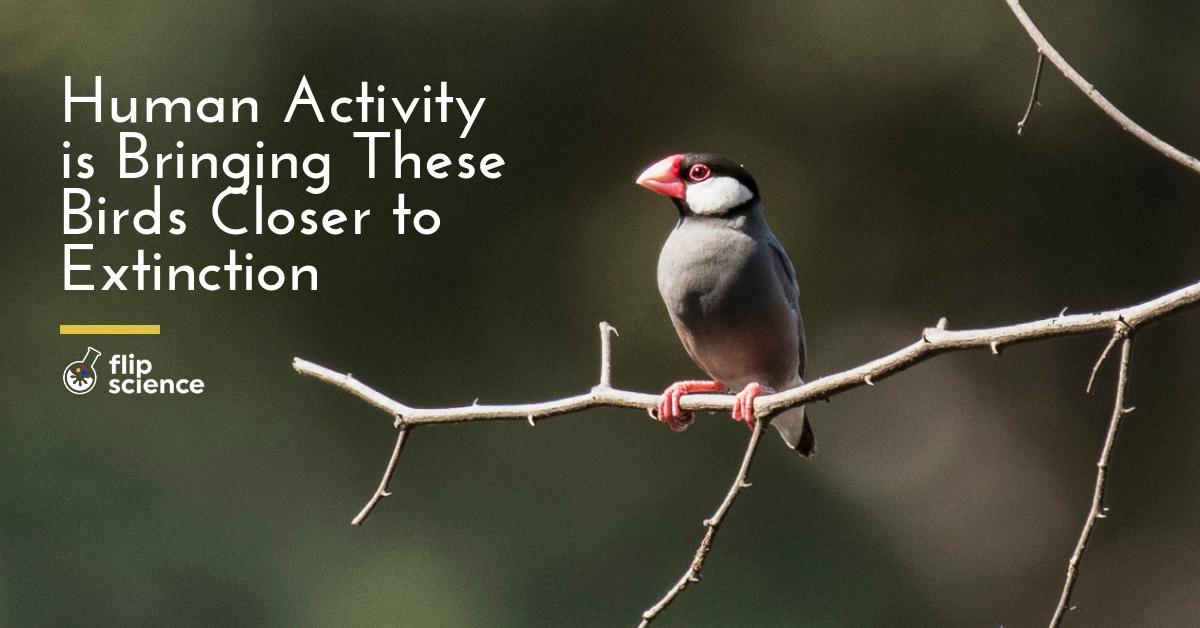• Despite recent successes in bird conservation, quite a few species remain critically at risk.
• A number of these birds are in Southeast Asia and North America.
• These species have been uplisted on the list of endangered species due in large part to human activity and climate change.
Humanity’s destructive practices continue to put threatened and endangered species of birds at higher risk. Certain bird species in Southeast Asia and North America have moved up on the IUCN Red List of Threatened Species, and require immediate conservation action to ensure their survival.
Hornbills endangered by deforestation and hunting in Southeast Asia
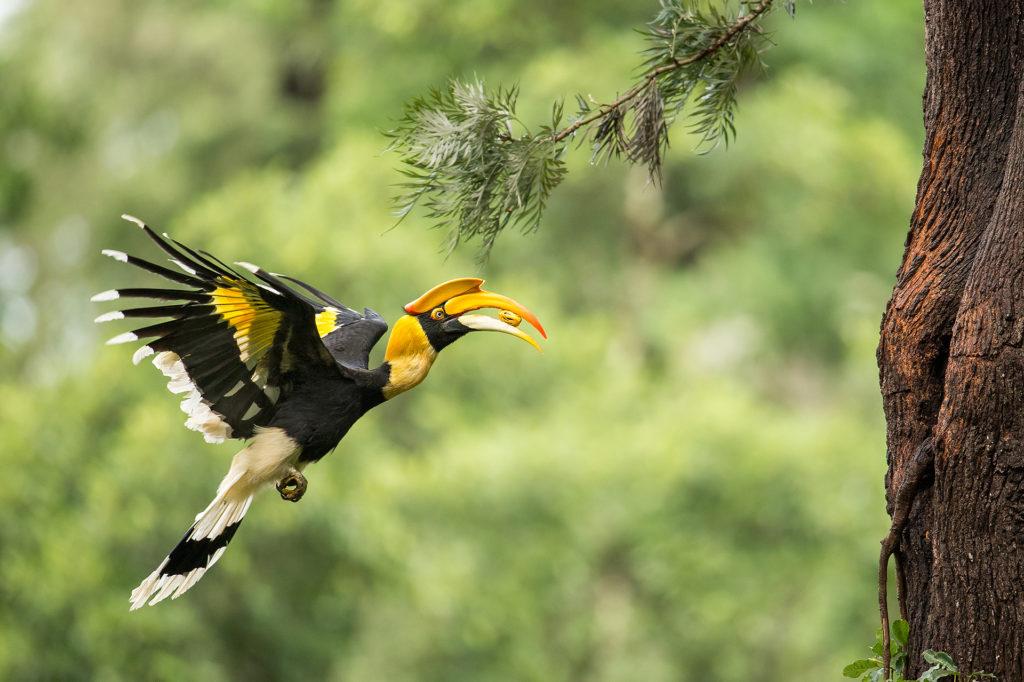
Deforestation is said to be the primary reason why seven species of Southeast Asian hornbills have moved up the Red List.
Most of these species live in the Sundaic lowlands, areas known to have high deforestation rates. In addition to the increasing loss of the older trees where these hornbills reside, hunters have also had an easier time finding these birds due to the loss of the forests that hide and protect them.
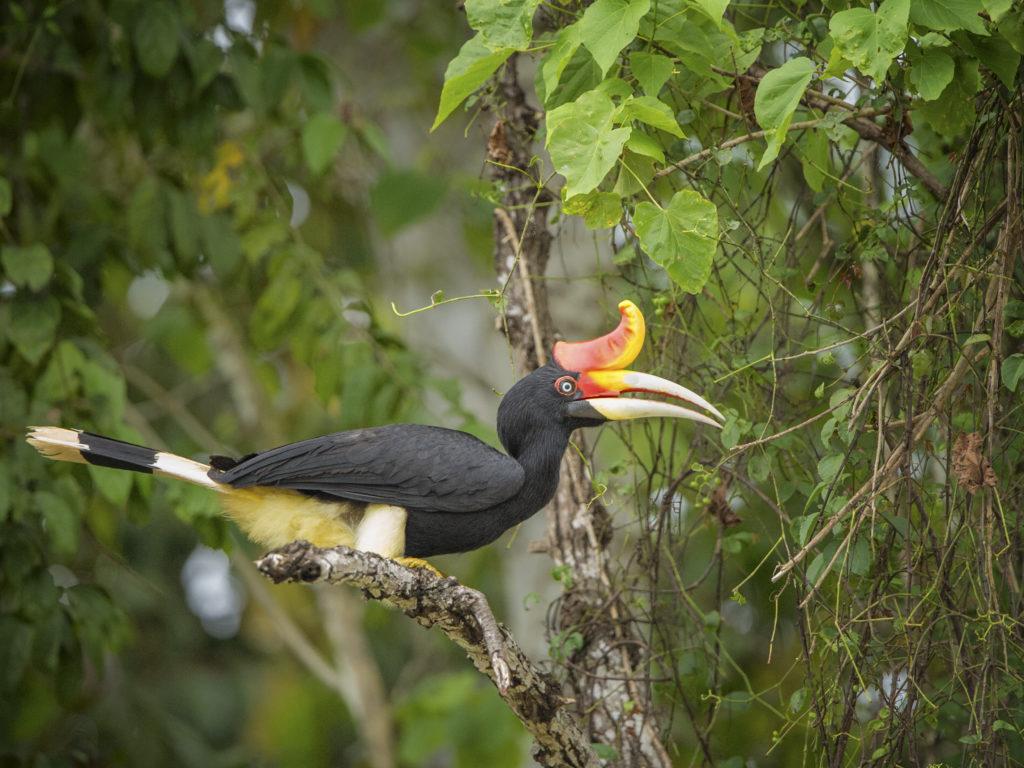
The great hornbill (Buceros bicornis) and the rhinoceros hornbill (Buceros rhinoceros) are often the unfortunate victims of mistaken identity. Hunters often shoot them down, believing they are helmeted hornbills (Rhinoplax vigil). Helmeted hornbills’ casques are sought-after as fertility charms and ornaments, which has caused them to be listed as Critically Endangered since 2015.
Southeast Asian birds trapped and sold as songbirds

Moving up from Endangered to Critically Endangered, the straw-headed bulbul (Pycnonotus zeylanicus) is a victim of the Asian songbird trade. Birdsong competitions are extremely popular in the region, and the straw-headed bulbul is highly valued for its melodious chirping. Combined with continued deforestation, more and more of these birds are being trapped and sold by opportunists with no regard for their species’ survival.
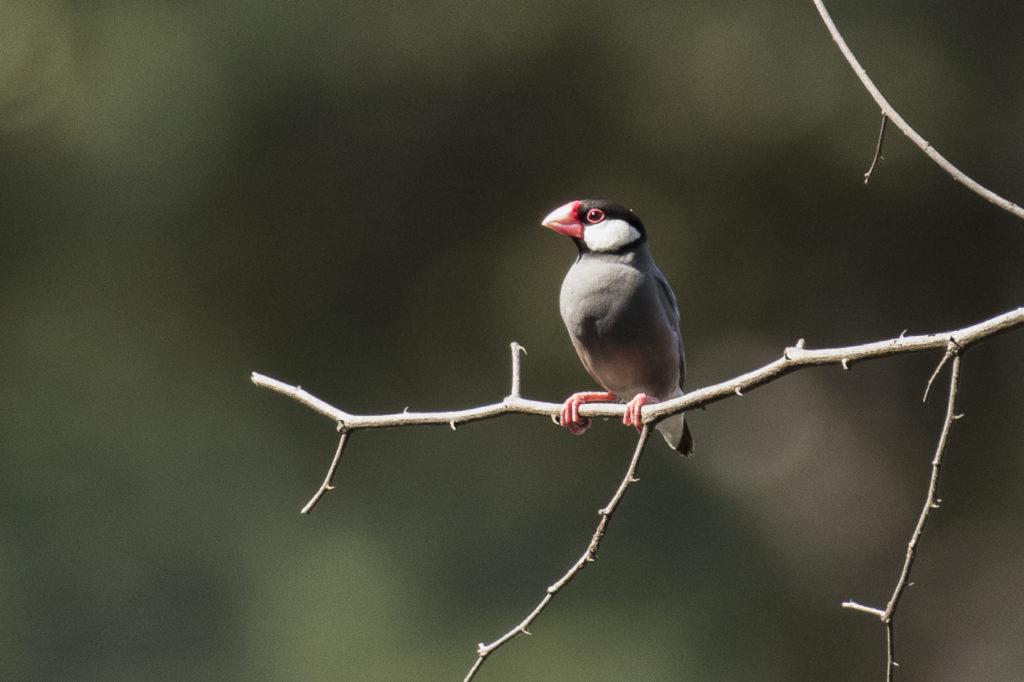
The Java sparrow (Lonchura oryzivora) is basically in the same boat. In fact, it has become a common sight in many pet stores across the region. Recently uplisted from Vulnerable to Endangered, its population reached its peak in the 1960s and 1970s, and has been declining ever since.
Popular North American birds sliding to extinction
Meanwhile, two popular species in North America have moved up from Threatened to Near Threatened. Due to their reputation as being common, very little research exists about their population health.

Citizen monitoring efforts have revealed that the Eastern whip-poor-will (Antrostomus vociferus) population has declined by 60% from 1970 to 2014. Experts believe that pesticides, agricultural practices, and other activities that reduce insect populations are affecting this species’ survival rates. Deforestation also plays a role in its increasingly threatened state.
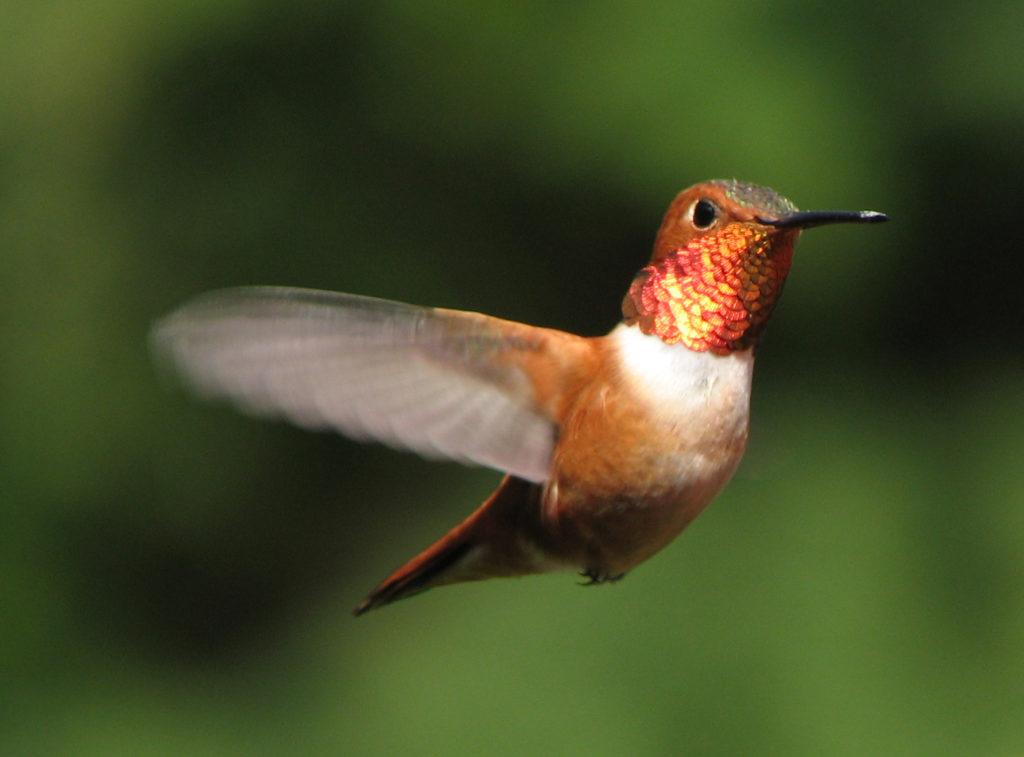
Similarly, the Rufous hummingbird (Selasphorus rufus) has decreased in number due to lower insect availability and habitat loss. Additionally, it may fall prey to climate change soon, as global warming has affected the blooming cycle of flowers which produce the nectar this species feeds upon. By the time these hummingbirds arrive from migration, they are already too late, leaving them with no source of nectar and driving them to starvation.
“In two years’ time, governments will meet to review whether the targets they adopted in 2010 to tackle the loss of nature have been met, including the goal to prevent further extinctions and improve the status of the threatened species most in decline,” said Dr Stuart Butchart, Chief Scientist at BirdLife International.
“Targeted action can help species to recover, but the overall trends are negative, showing that much greater efforts are needed to replicate such successes more widely.”
Cover photo: Francesco Veronesi
References
- Official press release from BirdLife International
Author: Mikael Angelo Francisco
Bitten by the science writing bug, Mikael has years of writing and editorial experience under his belt. As the editor-in-chief of FlipScience, Mikael has sworn to help make science more fun and interesting for geeky readers and casual audiences alike.

